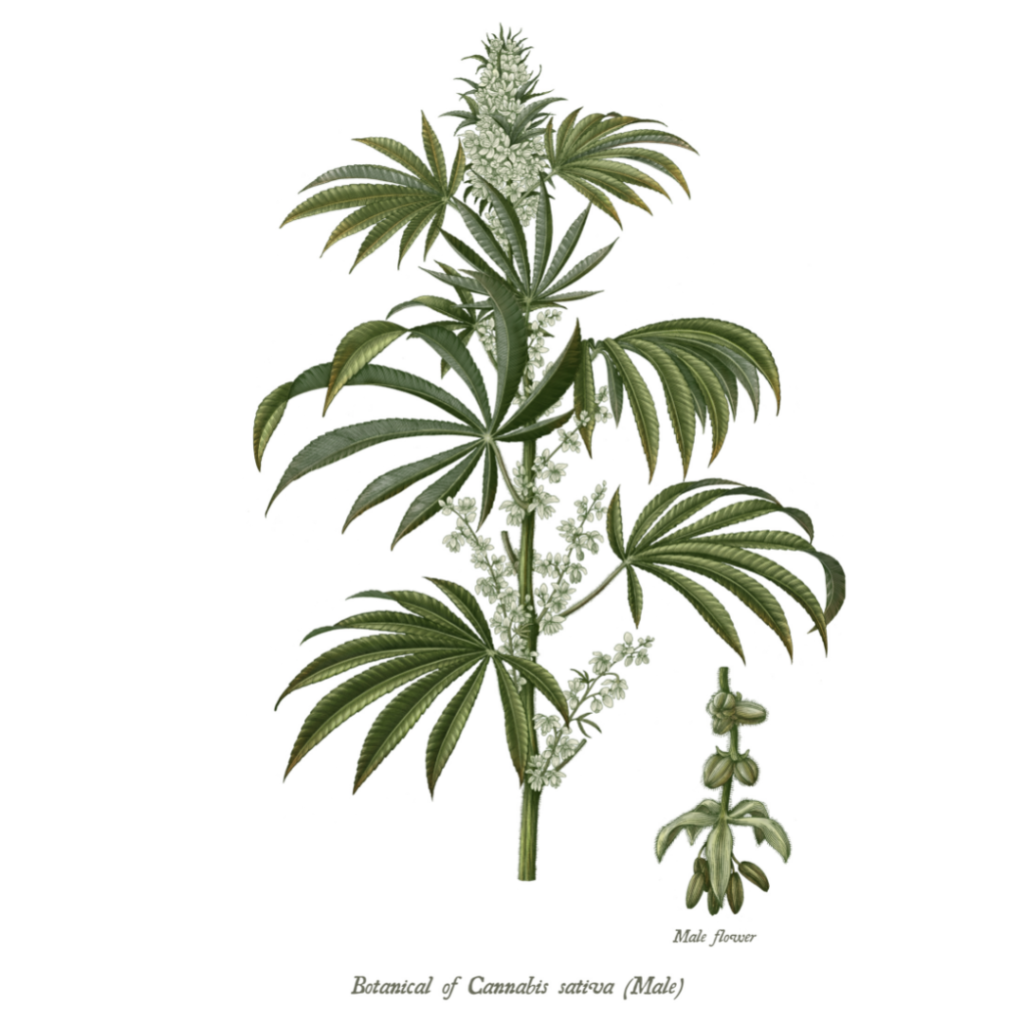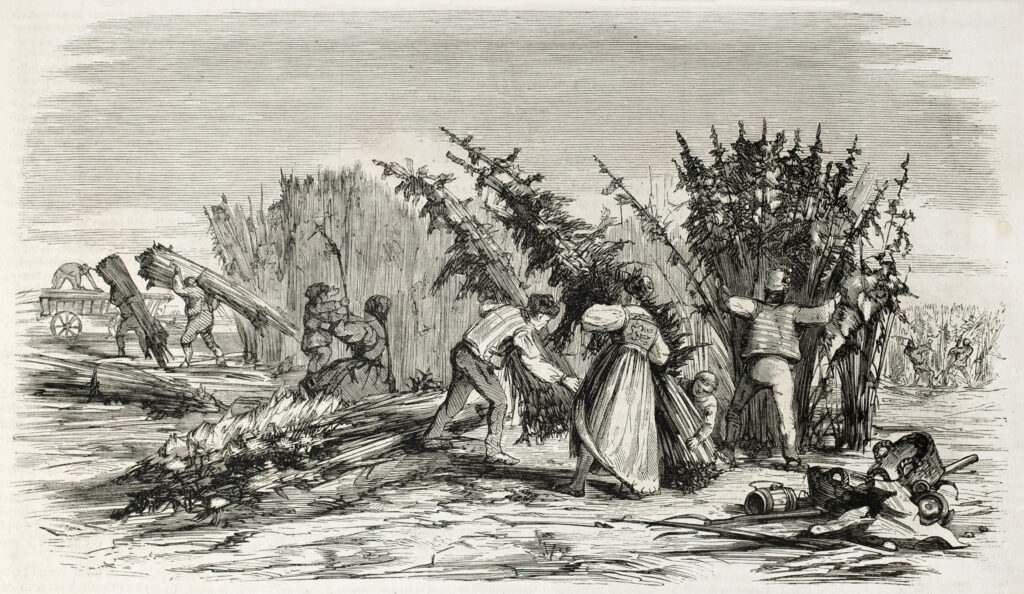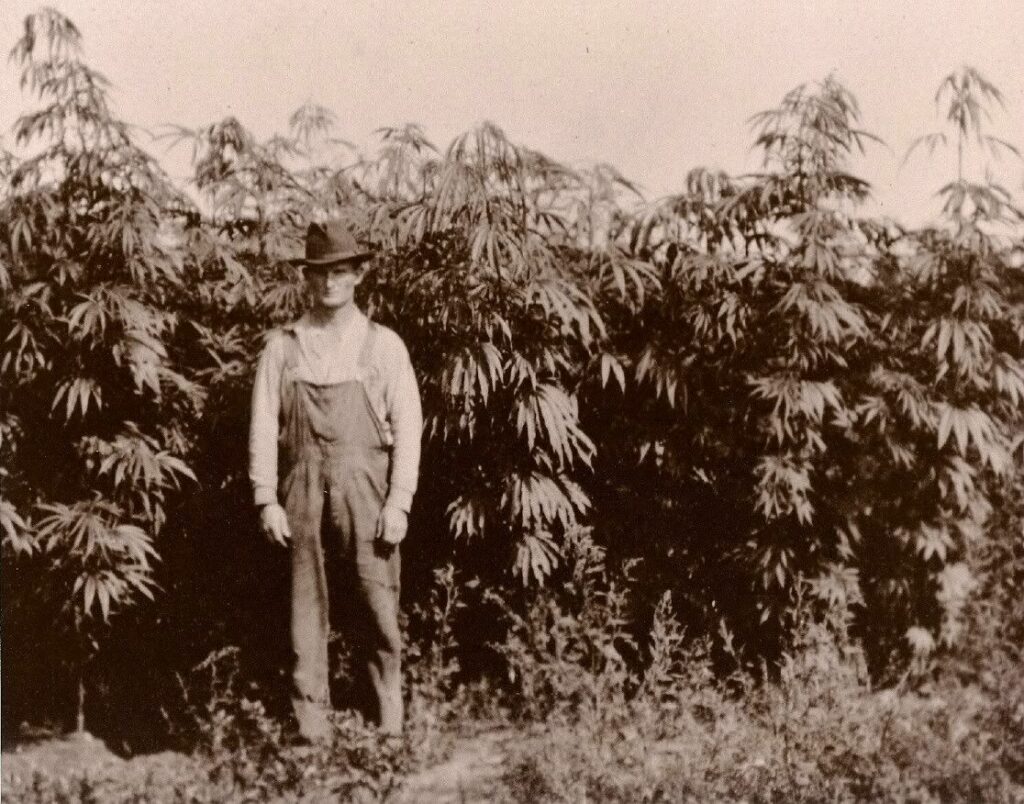Introduction
The consumption of cannabis has a long and fascinating history, with humans indulging in its effects for thousands of years. While various methods of smoking cannabis, such as pipes, hookahs, and chillums, have been prevalent throughout history. It was the emergence of the marijuana cigarette, or joints. The history of the joint captured the hearts of countless cultures worldwide.
In this article, we will take a journey through time to explore the rise to fame of the cannabis joint. As well as, delving into its origins, cultural significance, and evolution over the years.
The Birth of the Joint: Recreational Use in Mexico
The first recorded use of a joint for recreational purposes can be traced back to Mexico. Although cannabis had been utilized as a medicinal herb for a significant period. It was a pharmacist at the University of Guadalajara who first noted the practice of laborers mixing cannabis with tobacco in their cigarettes. This combination likely began even earlier, with the practice taking hold by at least 1856.
The cultural ties to cannabis’s Mexican roots are still evident today. Interestingly, the term “roach” derives its name from the Mexican song “La Cucaracha,” which tells the tale of a cockroach unable to get up because it lacks marijuana to smoke.

Commercialization and Early Mentions of Joints
The earliest record of a commercial cannabis cigarette can be found in an 1870 publication of The Boston Medical and Surgical Journal. The publication featured Grimault’s Indian Cigarettes, marketed as a treatment for respiratory ailments. These cigarettes consisted of a potent mix of cannabis resin.
Belladonna leaves (also known as deadly nightshade), and a small amount of potassium nitrate. This combination aimed to deconstrict the bronchial tubes during an asthma attack, promoting increased oxygen flow to the lungs.
During the early 20th century, the popularity of joints grew, influenced in part by the precursor to Marcus Garvey’s Rastafarian movement. Black communities, in particular, embraced cannabis, with jazz musicians favoring it over alcohol due to its ability to enhance creativity without impairing motor control.
Cultural Impact and History of the Joint
The 1920s and 1930s witnessed the birth of several nicknames for cannabis cigarettes that still endure today. Terms like “reefer” and “joint” originated during this era, along with the less popular “muggle.” Later popularized by the Harry Potter franchise. However, not all the slang terms have stood the test of time, with names like “killer,” “goof butt,” and “joy smoke” fading into obscurity.
The prohibition of alcohol in 1920 played a significant role in the widespread usage of cannabis. Speakeasies, illegal underground establishments, provided a hub where patrons could enjoy bathtub whiskey and jazz.
New Orleans musicians touring the country brought with them their iconic “jazz cigarettes.” As cannabis was legal in most states, individuals could freely roll joints in public without facing repercussions.
However, increased restrictions and the propagation of sensationalized propaganda, such as “Reefer Madness,” led to the passage of the Marihuana Tax Act of 1937. This federal act essentially outlawed the possession and sale of cannabis, with joints being a primary target in the media. Newspapers and even school textbooks from this era falsely claimed that harmless cigarettes were being laced with cannabis to drug children and drive them insane.

The Counter-Cultural Revolution of the 1960s
The 1960s marked a significant shift in attitudes towards authority. With individuals questioning the Vietnam War and the propaganda they had been fed, including the unfounded claims about cannabis. Smoking a joint became a symbol of non-violent protest against a broken system, promoting peace, love, and a counter-cultural revolution.
Hippies embraced their own fashion trends, and accessories specifically targeted at stoners emerged. Jewelry and belt buckles featured disguised roach clips, allowing smokers to be prepared for a surprise joint.
Rolling paper manufacturers also seized the opportunity and created wider styles of papers to accommodate the thicker joints preferred by cannabis users. Packets of rolling paper were adorned with psychedelic patterns and pro-marijuana quotes. Randy’s, a company during this era, even invented the Insta-Roach wired rolling papers, providing users with a stainless steel wire to hold onto as they finished their joint.
Cannabis Joints in Unlikely Places
The history of joints became popular unexpected locations, including among soldiers in Vietnam. It is believed that a significant percentage of troops tried marijuana, with some commanders stating that 70%-80% of their troops had experienced it.
The drug’s usage became an open secret in many military bases, with officers occasionally allowing under-the-counter sales of joints on PX facilities. Soldiers could purchase packets of real cigarettes, emptied and refilled with cannabis, often with the original cellophane seal reapplied. These disguised doobies proved particularly useful when the military conducted room searches.

Modern Day Joints: Customization and Artistry
In the present day, cannabis enthusiasts can fully customize their rolling experience in ways never seen before. The availability of a vast selection of strains, special papers, and power-packed pre-rolls has revolutionized the joint-smoking experience. With the advent of the internet, professional joint rollers like Tony Greenhand have emerged, showcasing incredible artistry in their creations.
Conclusion
The evolution of the cannabis joint is a testament to the enduring allure of this ancient plant. From its recreational use in Mexico to its counter-cultural significance in the 1960s. The joint has played a prominent role in various cultures throughout history. As we look to the future, it is clear that the joint will continue to evolve, reflecting the changing attitudes and preferences of cannabis enthusiasts worldwide.

